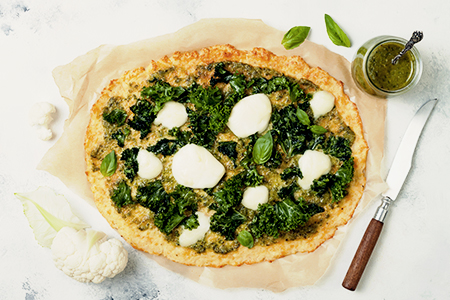Trends
Gelato – on trend, easy value-add and cost-effective
The ideal dessert to follow pizza and pasta, gelato has long been a popular dessert on the Italian-themed menu. It’s on trend, cost-effective and easy to add to the menu – assuming you’re not following the traditional Italian approach of making it from scratch, but buying it readymade.

KEY INSIGHTS
- Make sure you choose a good quality gelato which will complement your pizza and pasta menu
- Consumers are actively looking for more natural products, so colour should be natural as opposed to artificially bright looking
- Flavours should be distinctive and easily identifiable – try a blind taste test
- Texture is the final element to look for – gelato should refresh the palate and not leave an aftertaste
The ideal dessert to follow pizza and pasta, gelato has long been a popular dessert on the Italian-themed menu. It’s on trend, cost-effective and easy to add to the menu – assuming you’re not following the traditional Italian approach of making it from scratch, but buying it readymade.
Most readymade gelato is made from a standard premix of base ingredients (cream, sugar and dextrose) to which other flavours and colours have been added, and the quality of these can vary considerably from one supplier to another.
When looking at which supplier to use, make sure you’re choosing a good quality product which will complement your pizza and pasta offerings and which you can sell at a suitable pricepoint. The following information will help you decide:
Colour is a good initial indicator of gelato quality – with consumers actively looking for more natural products, it should be natural-looking as opposed to artificially bright. For example, authentic pistachio is not bright green but more a muddy green-brown (like the colour of fresh crushed pistachio nuts). Gelato which is made mostly from natural ingredients will have more of these natural colours.
Flavours should be distinctive and easily identifiable – hazelnut, coffee, tiramisu and other popular flavours should be able to be distinguished clearly on the tongue. Try conducting a blind taste test and sampling flavours to see whether you can tell them apart. If you’re trying chocolate, vanilla and caramel and they’re all vastly different in colour but taste much the same, that’s not a good sign. An eyecatching colour might initially attract customers, but it’s flavour and texture that will keep them coming back.
Fruit is the basis for many traditional gelato flavours, and fruit gelato is prepared in much the same way as a fruit sorbet. If you buy a strawberry gelato, you should be able to really taste the strawberry – that’s the evidence you’ve chosen a good quality, natural product.
Seasonal availability is a good indication of whether your gelato supplier is making quality gelato using fresh fruit. If the supplier has all fruit flavours available all year round, that means they’re not using fresh fruit – as those products should only be available when the fruit is in season.
Texture is the final element to look for in quality gelato. Gelato shouldn’t be ‘chewy’ or leave an unpleasant aftertaste, but should refresh the palate and leave customers satisfied.
YOU MAY ALSO LIKE



